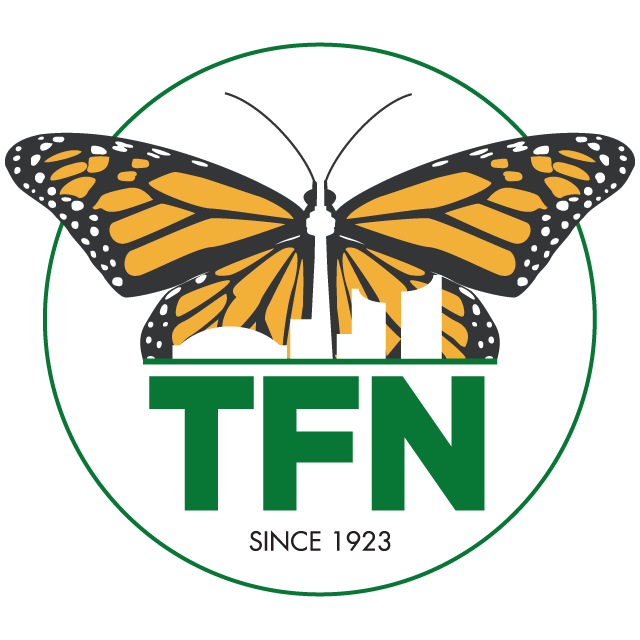by Jason Ramsay-Brown
NatureWatch was an early entry into what is now a full-blown trend in digital citizen science initiatives: sites & apps used to help researchers assess impacts on biodiversity, most particularly those provoked by climate change. By registering with the NatureWatch website users can file reports to various discrete programs: FrogWatch, PlantWatch, IceWatch, WormWatch, and more. Each of these accept observations that help describe the timing and extent of important natural events in an effort to determine whether the start and/or duration of these events is changing over time.
MilkweedWatch, for example, allows you to file a report for a specific date, location, and type of milkweed, identifying events like leafing out, bloom, and visitation by monarch butterflies. Locations can be saved, allowing you to file multiple reports for a particular patch over time. FrogWatch let’s you choose from over two dozen species and indicate general abundance based on the extent of chorus calls in a particular area. Once submitted, this data is circulated to specific research groups (identified on the program website), but may also be conveniently downloaded by members of the general public, allowing other individuals and organizations to leverage the collected data for their own ends.
There’s little question in my mind that these types of citizen science initiatives will become increasingly important and popular over the coming years. Unfortunately, despite its age, NatureWatch is pretty immature. All of the datasets I’ve downloaded have been sparsely populated, severely limiting their usefulness. The types of life cycle events tracked in MilkweedWatch are strangely restrictive, and the species listed in PlantWatch extremely sparse & a bit haphazard. Some programs (FrogWatch, for example) don’t offer a clear way to access their reporting forms, although they are accessible via the generic Submit Observations page linked to in the website footer. But, compared with more robust initiatives like Budburst (available only in the US), NatureWatch still has a long way to go. Nonetheless, it’s an interesting idea, easy to use, and worth contributing to within the bounds of its limited offerings.
Despite the limitations, TFN will likely experiment a bit with it during our Cottonwood Flats Monitoring Project sessions this year. NatureWatch’s various programs have, in some cases, been around for decades in one form or another so submitted observations contribute to a scope of data that could actually provide meaningful insights into long-term patterns. Further, the partners involved in NatureWatch include many organizations TFN has long-term relationships with on many fronts: Nature Canada, Ontario Nature, The Toronto Zoo, and others.

